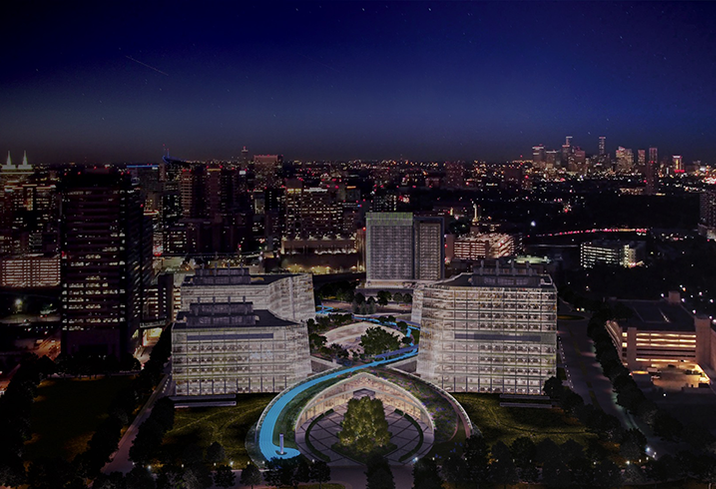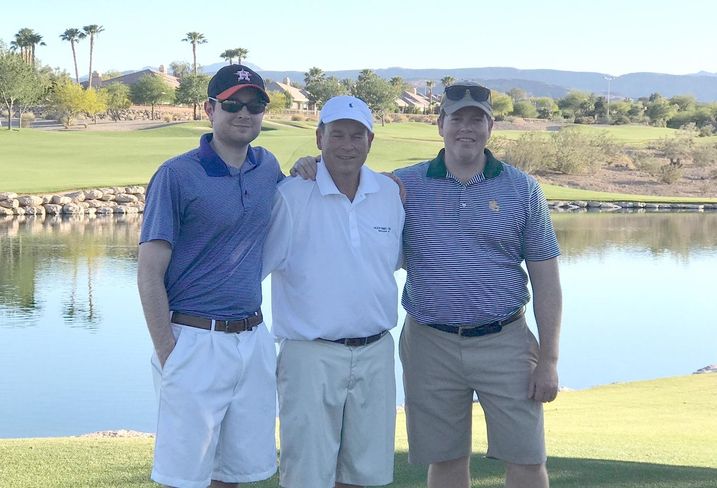The lease for ACMI, an Austin-based defense manufacturer, accounts for almost all of the 240-acre Exploration Park at NASA Johnson in southeast Houston, the HBJl reported. ACMI is calling the site its Space Systems Campus.
Plans call for developi ng facilities for commercial and defense space manufacturing and incorporating an applied research facility in partnership with academia, economic development organizations, and government entities, including the DOD.
ng facilities for commercial and defense space manufacturing and incorporating an applied research facility in partnership with academia, economic development organizations, and government entities, including the DOD.
“ACMI will develop this campus to serve the needs of a variety of stakeholders, with an emphasis on scaling emerging technologies and space systems manufacturing,” ACMI founder John Burger said in the release.
“We will be working closely with tenants and stakeholders to develop specialist capabilities that pair with NASA Johnson capabilities and advance the commercialization of robots, autonomous systems, and materials science as they apply to space systems.”
The lease helps meet NASA’s goals of attracting development to underutilized land in Exploration Park and bringing industry and academia closer to increase commercial competitiveness in space and other aerospace industries.
“This Space Systems Campus will be a significant component within our objectives for a robust and durable space economy,” NASA Johnson Director Vanessa Wyche said in the release.
ACMI plans to collaborate with higher learning institutions, including Rice and Johns Hopkins universities, harnessing their efforts to advance the commercialization of robotics, autonomous systems, and novel materials as applied to space systems, according to ACMI.
Those partnerships will help train the next generation of space industry professionals, the release states.
Exploration Park is adjacent to Johnson’s main campus but outside of its controlled access area, according to NASA. The lease was officially executed Thursday following NASA’s call for proposals in June 2023. NASA will lease the land to ACMI for 20 years, with two 20-year extension options, for a potential total of 60 years.
NASA signed a similar lease with the Texas A&M University System in February. That 30-acre lease agreement will allow the creation of the Texas A&M Space Institute, a $200M facility that benefits from a $350M investment included in the Texas Legislature ’s House Bill 3447, the HBJ
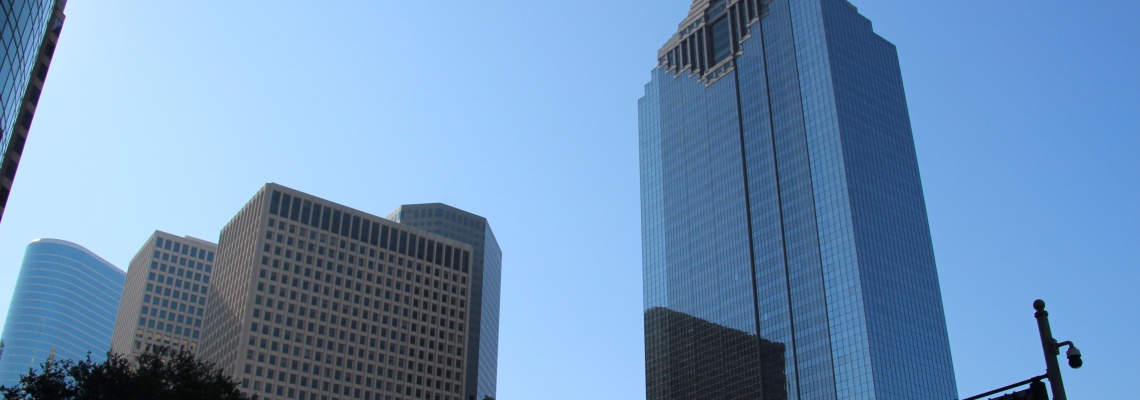
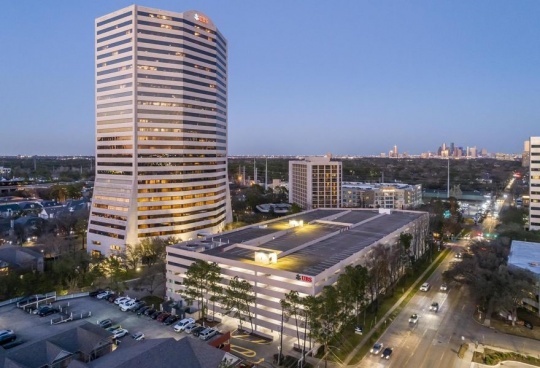
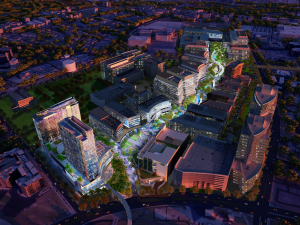
 LinkedIn Corp. has just purchased the site of its global Sunnyvale headquarters campus for $323 million, a sign of its willingness to maintain a long-term presence in its home city. Seen here is the interior of one of two buildings that make up its global headquarters.
LinkedIn Corp. has just purchased the site of its global Sunnyvale headquarters campus for $323 million, a sign of its willingness to maintain a long-term presence in its home city. Seen here is the interior of one of two buildings that make up its global headquarters.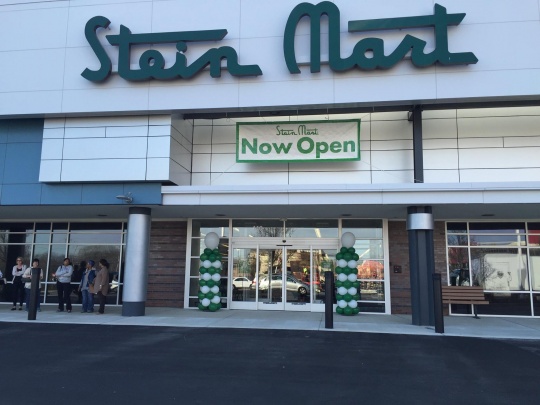
/arc-anglerfish-arc2-prod-dmn.s3.amazonaws.com/public/5MYUMFHWJFGDPN46RK54FOIQ6M.jpg)
